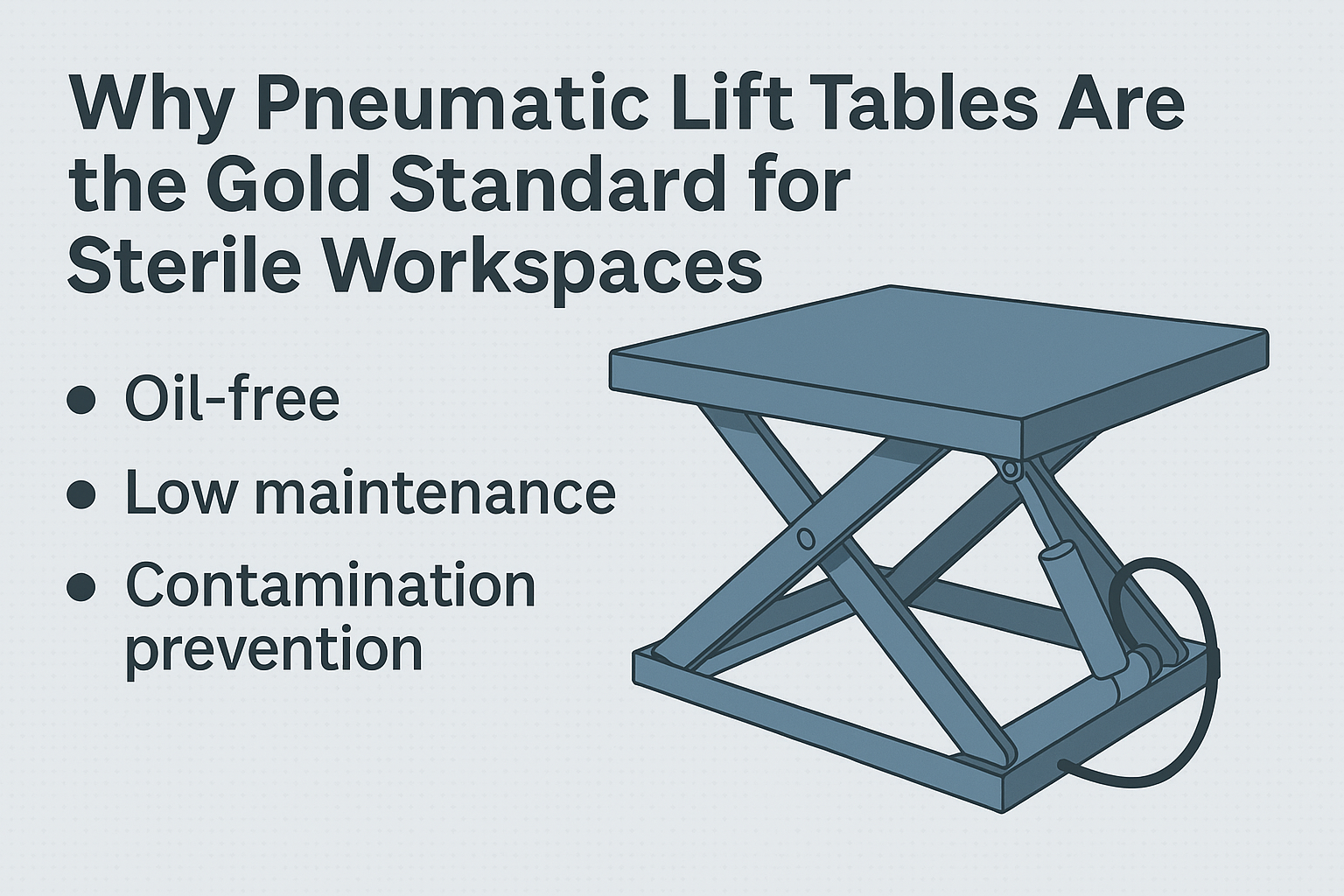
Why Pneumatic Lift Tables Are the Gold Standard for Sterile Workspaces
Explore why pneumatic lift tables outperform hydraulic and electric options in sterile environments. Clean, safe,
The aviation industry is a highly complex and demanding industry, with workers often working in high-risk environments. One of the most significant risks that aviation workers face is the risk of falls.
Fall prevention is a critical part of aviation safety. By taking steps to prevent falls, aviation employers and workers can create a safer and more productive work environment.

There are a variety of fall prevention measures that can be implemented in the aviation industry, including:
Fall prevention is essential for aviation safety. By implementing effective fall prevention measures, aviation employers and workers can create a safer and more productive work environment.
In addition to the fall prevention measures listed above, aviation employers can also take other steps to reduce the risk of falls, such as:
By working together, aviation employers and workers can create a safe and healthy work environment and prevent falls.
According to the Bureau of Labor Statistics, 303,800 injuries were inflicted due to falls that occurred during aircraft maintenance. Furthermore, statistics show that out of the 300,000 injuries that cause disability in the US workforce due to falls, trips and slips account for 15–20% of the total injuries.
This is an awakening call for all maintenance professionals and personnel responsible for hangar management to stress on the need for systems that guarantee fall protection. This is because ensuring workplace safety is the right of every employee.
According to the Occupational Safety and Health Administration (OSHA) certain requirements have been set by for the United States for safety systems. This includes the need for surfaces that are 6 feet or more above the ground to be safeguarded with a safety-net system, personal fall-arrest system or a guardrail system.
Since, aircraft mechanics involves working from heights that expose workers to falls that can not only cause severe injury but increase the risk brain hemorrhage.
To help keep such incidents under control, fall protection systems should be stressed upon.
Fall prevention entails taking necessary steps to ensure that the workplace is modified to keep chances of falling at a bare minimum.
This can be initiated by covering the heightened work areas with protective railing or introducing the concept of mobile work platforms.
These are designed to specifically adjust themselves to the height of the worker to enable their convenience and facility. Each individual adjusts the work platform to suit their level of comfort.
As the name suggests, a fall restraint plan takes the necessary precautions to help prevent a fall using an anchor point, lanyard or harness. This system when implemented prevents the worker from reaching the edge, hence preventing injury.
To stop a fall mid-way or in progress, attaching shock-absorbing lanyards with a safety anchor helps save many lives.
Every Lanyard is specialized for a different purpose. Shock-absorbing ones typically make use of webbing that is synthetic in nature. Hence, it has the ability to absorb most of the impact during the fall preventing the pressure or gravity to act against the worker’s torso or chest. Some cords are even capable of contracting and lengthening to adjust as per the movement of the worker.
We at Industrial Man Lifts give utmost importance to worker safety and hence design our equipment under the required safety standards. By employing the latest innovative techniques and up-to-date resources, we make sure our equipment is in compliance with local and regional requirements. Our customer service is available 24/7 and will guide you through the entire procedure.

Explore why pneumatic lift tables outperform hydraulic and electric options in sterile environments. Clean, safe,

From pharma to semiconductors, see how top industries use cleanroom lift tables to maintain compliance,

Understand what makes a lift table truly FDA and GMP compliant. Explore the must-have features,
Copyright 2025 All Rights Reserved – Industrial Man Lifts